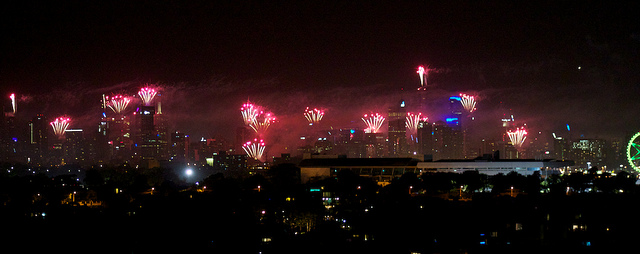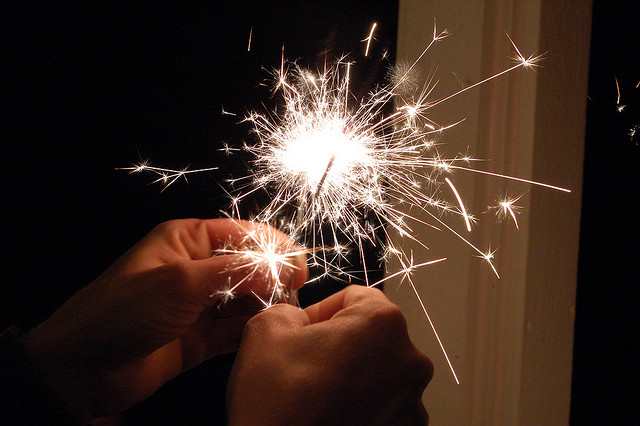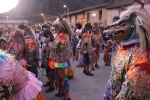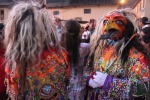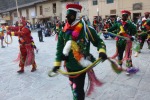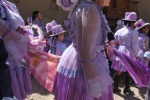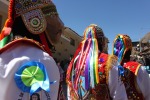Peru’s Señor de Choquekillca Festival is held in Ollantaytambo, near Cuzco (the ancient Incan city of Machu Picchu). The festival commemorates a local saint and it also represents the Inca’s mocking of the conquistadors who invaded and almost obliterated the Indigenous Quechua culture.
Writing for the Huffpost, Andrew Burmon muses that the festival comes across as a “strange” multicultural event that doesn’t match Western ideas of multiculturalism. The festival simultaneously represents an embrace of certain elements of Catholicism which are blended with Indigenous spirituality, as well as a rejection of Spanish colonialism.
In Western nations, multiculturalism takes on many contested forms, but it is usually about tolerance of cultural and religious difference as a means of social integration of minority groups. This festival in Ollantaytambo subverts this notion by recreating the history of colonialism as an act of cultural and religious rebellion. The town honours its tradition by staging people drinking outside a church as well as by having a cross procession.
The people dress up in beautifully ornate costumes as well as grotesque masks in a celebration, condemnation and reconciliation of the past.
Senor de Choquekillca is a strange sort of festival. A religious celebration in honor of a small town boy made saint that has morphed into an occasion for trans-generational venting, Choquekillca provides the citizens of the small town of Ollantaytambo with an occasion to dress up in white face and mock the conquistadors who destroyed the Inca civilization flourishing in this part of the Peruvian Andes…
That is what is great about the party: Like history itself, it doesn’t really make sense.
Peru’s Christian faith is a spoil of war, but no less genuine for being coerced. Likewise, the Incan culture is mourned despite being obviously extant. Unlike westerners, who more often than not see multiculturalism as the amalgamation of different peoples, the people of the Sacred Valley – inundated though they are by Machu Picchu-bound travelers – are multicultural on the inside, contradictions be damned.
It is hard not to love a people not only capable of holding contradictory ideas in their heads, but willing to celebrate them in concert.
Photos via: Huffington Post.
